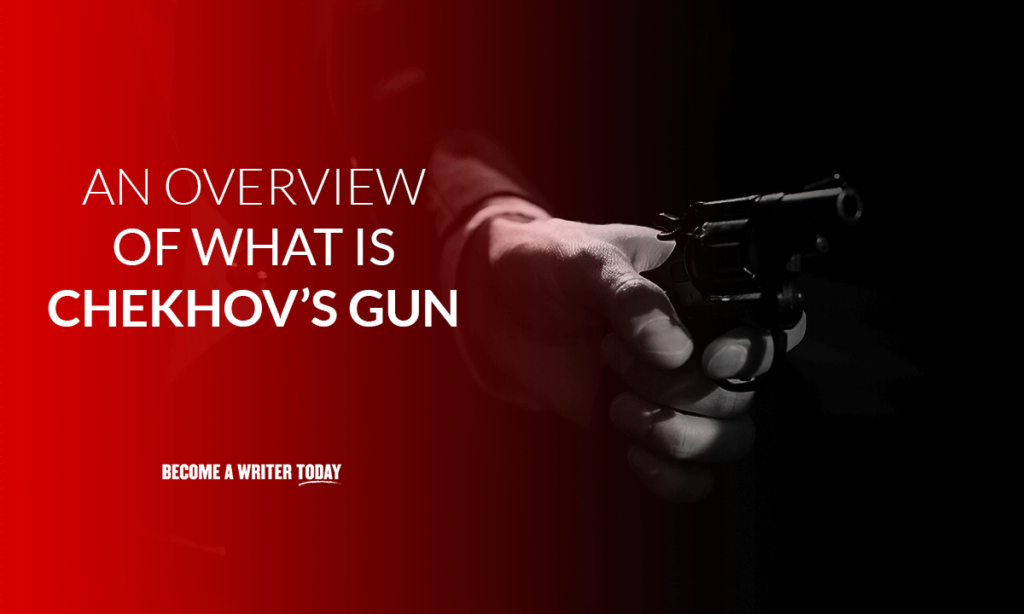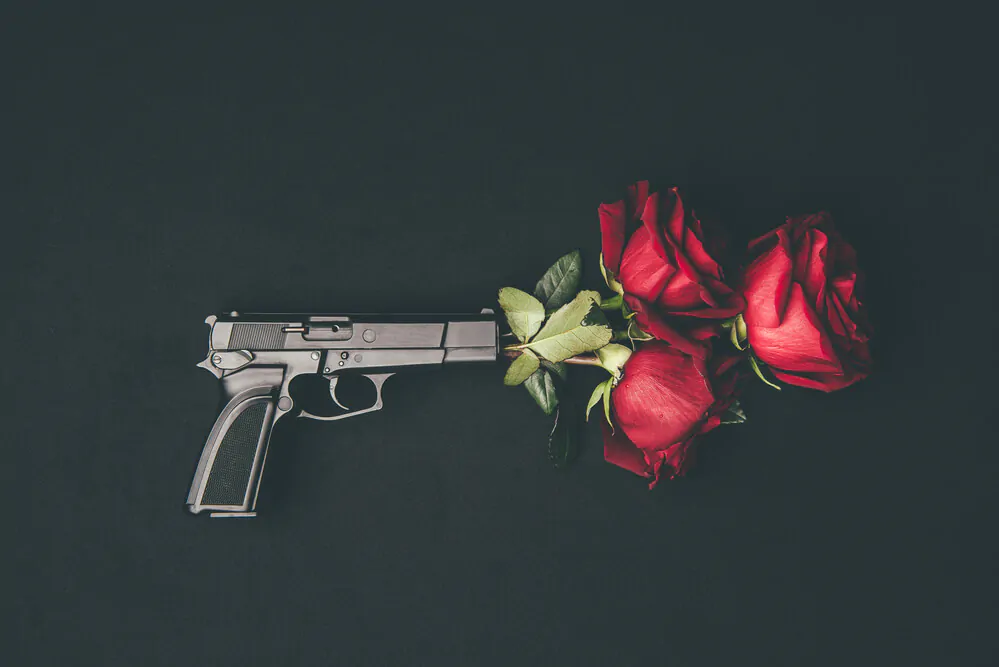What is Chekhov’s gun? Learn more about foreshadowing in a short story, and make sure you use it correctly to draw attention to key parts of your work.
If you want to hold your audience’s attention, you need to avoid making false promises and your writing. You should try to avoid having a red herring in your work, and you need to make the first act and last act tie together. That is where Chekhov’s gun, from Russian writer Anton Chekhov, can be helpful.
This important plot device and dramatic principle states that a story’s elements must be necessary and that anything irrelevant has to be removed. Specifically, the statement indicates that if something is placed in the scene, it must be used during the story. This is reflected in his play, The Seagull.
Is Chekhov’s gun really necessary? How do you use Chekhov’s gun in your writing? Learn more below.
Contents
Examples of Chekhov’s Gun

So, what is Chekhov’s gun? It might be helpful to look at a few examples. But, first, let’s see what Chekhov himself has to say about this:
“Remove everything that has no relevance to the story. For example, in the first chapter, a rifle is hanging on the wall, it must go off in the second or third chapter. If it’s not going to be fired, it shouldn’t be hanging there.”
Several examples show this principle in action. For example, when looking at Checkhov’s play, The Seagull, a rifle is carried onto the stage during Act 1. While the rifle is used throughout the play, it is most important at the end, when the character uses it to commit suicide.
This important principle has been carried through to the modern-day. For example, in the movie The Fifth Element, the character uses a box of matches to light a cigarette. Then, the match comes back at the end of the movie, where he uses the last one in the box to set off a fire stone.
While Chekhov’s gun is a powerful plot device, it is not to be confused with the inciting incident, which is another crucial element to any well-rounded story. Read more about how to use the ‘inciting incident’ in your writing.
How To Use Chekhov’s Gun in Your Writing

There are several important tips you should follow if you would like to use this principle in your writing. Importantly, this does not necessarily mean that everything has to play a significant role. For example, if you describe cars on a city street, this may be a relatively insignificant detail, as there are a lot of cities that have lots of cars.
You need to use this principle to indicate that an object has significance. There are a few ways you can do this, including:
- Try introducing an ordinary object by giving it an unusual amount of context. For example, this could signify to the reader that the item is important.
- Try to imply significance in the way you describe the object. You may want to describe the object in detail to do that.
- Demonstrate that the object has significance by describing what the character is doing with the item before an important scene.
If you follow these tips, you should be able to use Chekhov’s gun effectively. You need to be intentional if you want your object to be viewed as a sign by the reader. Even though you do not necessarily have to follow this principle in all of your writing, it can help your work seem more dramatic.
Final Word on What is Chekhov’s Gun
There are a lot of plot devices you can use that can help you improve the quality of your work. One of them might be the principle of Chekhov’s gun. The principle states that if an object makes an appearance in a work of literature, then it has to be used. So, for example, if you introduce an object early in the story, it should probably make an appearance at some point later.
While you might not feel compelled to follow this principle with all of your work, it is important to keep it in mind. It might help your work seem more dramatic, and it can help you avoid unnecessary details that could otherwise confuse the reader. Of course, there is more to building a good plot than just one single device. Check out this article that takes a closer look at plots in fiction.
FAQs About What Is Chekhov’s Gun
Should you follow Chekhov’s gun?
Everyone has their own writing style. You may decide this isn’t the right principle for your work; however, following this principle can help you appear more dramatic with your plot twists while avoiding unnecessary elements.
Who created Chekov’s gun?
Russian playwright Anton Chekhov coined the principle. The work that best represents him using this principle is a play called The Seagull, where a character kills himself with a gun from act one.